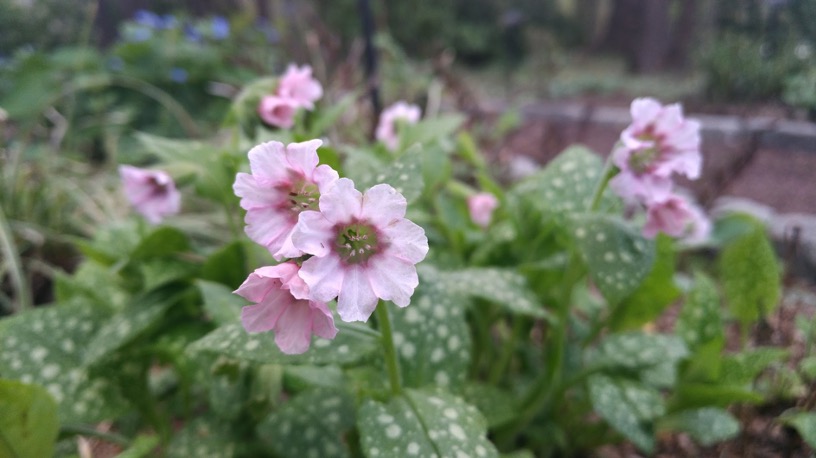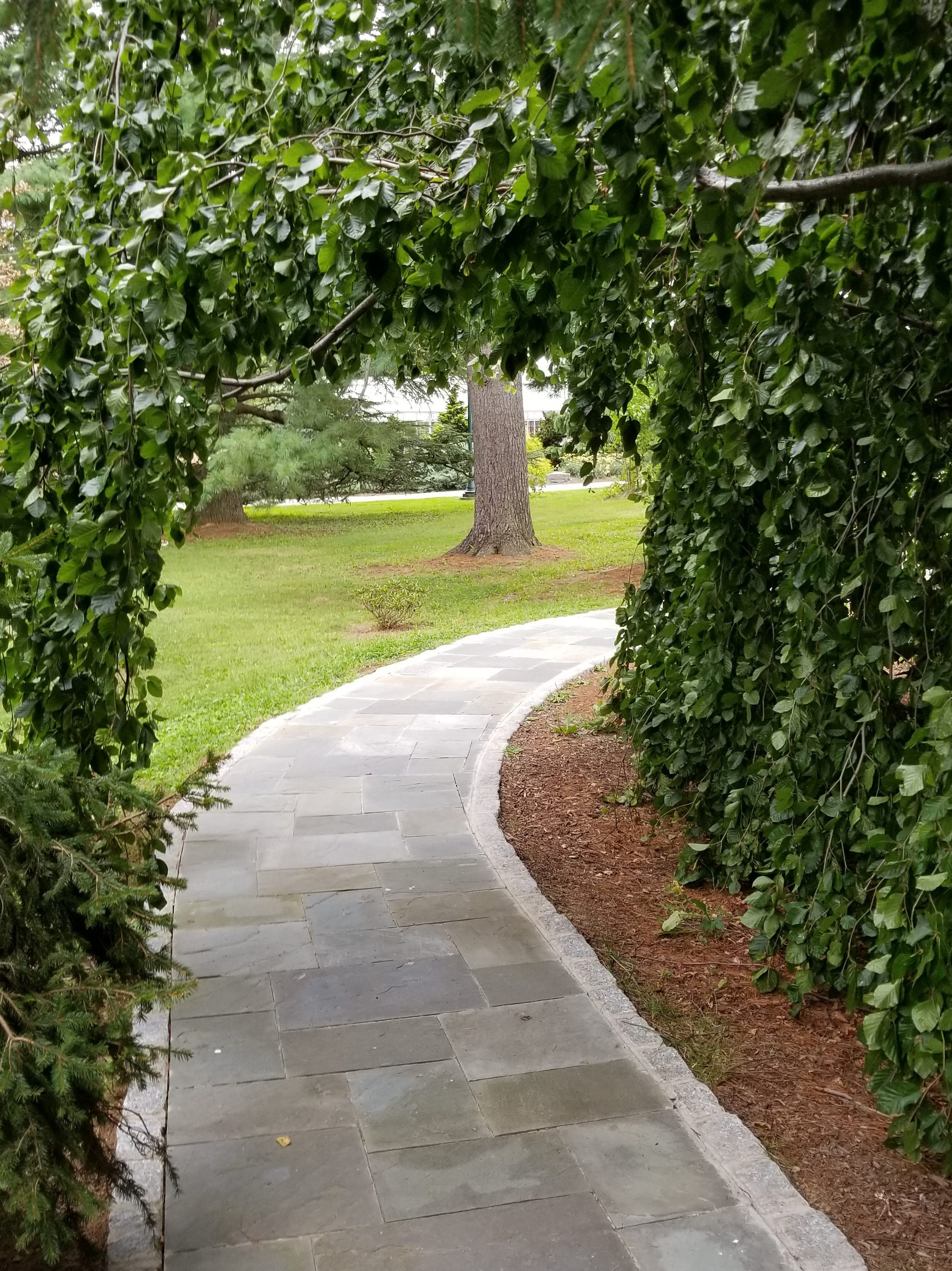Currently our Arboretum student workers, who are all Landscape Architecture or Horticulture students are not able to be physically present to work in the Arboretum due to the social distancing recommendations to maintain the health and safety of our community.
Grace Harbison, one of our student workers, has remained on staff creating content for the Director’s Blog. Here she tells us all about the mysteries of Lungwort.

Plant Mimicry as Beauty and Survival
Plants and animals have coexisted with each other for as long as time can tell. Through these complex interactions, plants and animals have developed many various adaptions to harmoniously live in a state of interdependence on one another. One of the ways plants have learned to cope with herbivory is through the process of mimicry. Plant mimicry involves the resemblance of a species to a precision that the selective agent is unable to distinguish between the actual species and the mimicking species. A well-known example of mimicry is Batesian mimicry that exists within the butterfly world. Viceroy butterflies, that have no defense mechanism against predators, have learned to visually acquire the toxic qualities of Monarch butterflies by mimicking wing pattern. Monarch butterflies are naturally avoided by predators such as birds and frogs since they are known to be poisonous from their host plant, milkweed, that they consume as larvae. As a result, the Viceroy species is able to trick suspecting predators that they are Monarch butterflies and they are no longer eaten.
One shade perennial that experts suggest has developed a form of visual mimicry to fool their suspecting herbivores, is the lungwort. Our species, Pulmonaria saccharata, is located in the Ground Cover Garden in the center oval bed. Lungworts are a great mid spring blooming perennial that adds to a shady ground cover garden or even in a sunny perennial garden where it will receive shade from the leaves of later blooming perennials. In the cool, moist months of spring, lungwort’s blooms add a wonderful pop of early spring color in white, pink, or purple. Our species, Pulmonaria saccharata has flowers that bloom a light pink. The leaves are covered in white or silver splotches and have a rough and fuzzy feel due to its covering of stiff hairs. An interesting fact about the leaves is that they were once believed by medieval herbalists to having lung disease curing properties, hence its name. This was thought since the leaves closely resemble a diseased liver. This has been proven to be false but today biologists are hypothesizing a scientific reason why the plant has developed splotchy looking leaves.
It is thought that the spotty pattern acts as an essential tool for survival. The splotchy pattern has been noted to closely mimic droppings or fecal matter from small insects such as caterpillars. This reduces lungworts chance of herbivory damage as deer, voles, or mice will not risk eating a plant that looks diseased from insects droppings. For instance, this theory is very evident on Pulmonaria officinalis, a species that contains white splotches that are very familiar to bird droppings. While this is not known with full certainty, it sure explains why lungwort is known to have few diseases and pests. The plant will occasionally experience leaf damage from slugs and powdery mildew from consistent wet weather and poor air circulation. Other non-serious problems include browning of leaves if the plant is in a hot sunny area with soil that is not kept consistently moist.
So next time you stumble upon a plant with an interesting pattern or shape, make sure to take a close evaluation. Look at the plant’s colors, look at the placement of the buds or even look at the shape and color of the plants seed head. Ask yourself, do the placement of the seeds or patterns resemble anything, remind you of anything familiar? Always remember what might look aesthetically pleasing to us, might serve as an essential function to the plant’s survival.
References:
https://zoom-ology.com/2018/08/23/reproductive-mimicry-the-bee-orchid/
https://www.cell.com/current-biology/pdf/S0960-9822(16)30322-0.pdf

